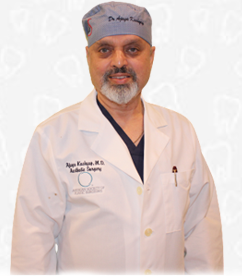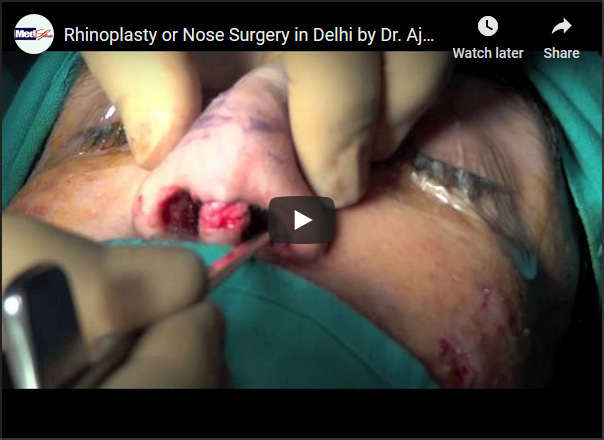After Your Nose Surgery
After surgery-particularly during the first twenty-four hours-your face will feel puffy,
your nose may ache, and you may have a dull headache. You can control any discomfort
with the pain medication prescribed by your surgeon. Plan on staying in bed with your
head elevated (except for going to the bathroom) for the first day.
You'll notice that the swelling and bruising around your eyes will increase at first, reaching
a peak after two or three days. Applying cold compresses will reduce this swelling and make you feel
a bit better. In any case, you'll feel a lot better than you look. Most of the swelling and bruising
should disappear within two weeks or so. (Some subtle swelling-unnoticeable to anyone
but you and your surgeon-will remain for several months.)
A little bleeding is common during the first few days following surgery, and you may continue to
feel some stuffiness for several weeks. Your surgeon will probably ask you not to blow your
nose for a week or so, while the tissues heal.
If you have nasal packing, it will be removed after a few days and you'll feel much more comfortable.
By the end of one or, occasionally, two weeks, all dressings, splints, and stitches
should be removed.

 +91-9818369662, 9958221982
+91-9818369662, 9958221982




















